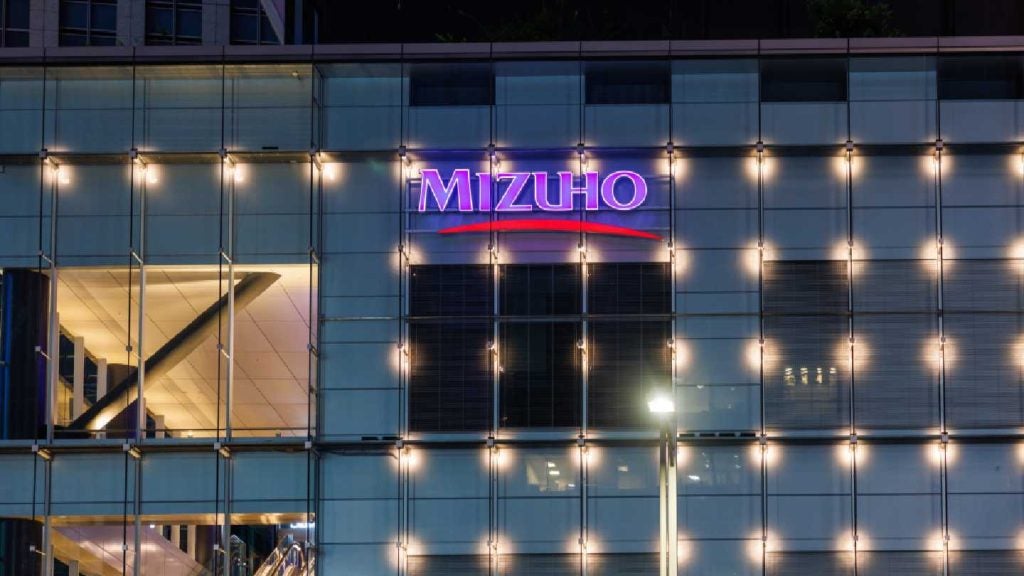The Côte d’Azur’s double dose of the Cannes film festival followed by the Monaco Grand Prix has come to mark the beginning of a seasonal Arab-Europe migration, that is, when wealthy residents of the Arabian Peninsula move to their European abodes to escape the stifling heat of the summer. This migration is most notable in the number of ostentatious sports cars that idle through streets of London, Geneva and Paris during the summer months. Yet, behind closed doors, it is also a season of major spending in European capitals.
However, this ‘season’, profitable to many, might not be as lucrative in 2015 as in recent years. As wealth managers, financiers, retailers and hoteliers prepare for the annual influx, they night be disappointed. Here’s why?

Access deeper industry intelligence
Experience unmatched clarity with a single platform that combines unique data, AI, and human expertise.
Inheritance
The traditional big spenders in summertime Europe have often been second generation Middle Eastern HNWIs. Indeed, Gulf countries have very youthful populations, for example, two-thirds of Saudi Arabia’s 29 million-person population is under age 30. However, when it comes to HNWIs the demographics are very different (see graph). The fastest growing age bracket in the Gulf’s richest countries – Saudi Arabia, UAE and Qatar – is 51-60, the prime age for succession planning.
WealthInsight’s latest Middle East report states "Over the forecast period [2015 – 2019], succession planning and philanthropic work in wealth management is expected to grow, as HNWIs look to give something back to society, and ensure efficiency in their family business". With this trend, many of Europe’s summer residents could be kept at home as they are groomed for succession or to head the family foundation.

US Tariffs are shifting - will you react or anticipate?
Don’t let policy changes catch you off guard. Stay proactive with real-time data and expert analysis.
By GlobalData
Tadawul
Otherwise known as the Saudi Stock Exchange, the Tadawul will open to foreign investors for the first time on June 15th. The debut could bring a summer of volatility to listed Saudi companies as the Middle East’s biggest stock market finds its place among foreign investors. As a large portion of Saudi Arabia’s wealthiest derive their wealth from the Tadawul (Prince Al-Waleed bin Talal, Sulaiman Al Rajhi and Prince Sultan, for example. All within Saudi’s richest top 10) any volatility could but the brakes on summer excursions.
Oil
The wealth of many a Middle Eastern HNWI has been affected by the slumping oil price. During the last four years when oil prices have comfortably traded at around $100 per barrel, the HNWI population in the Gulf rose by 8.1pc to 185,816 individuals. However, WealthInsight’s Business Strategies for Targeting HNWIs in the Middle East reports forecasts a growth of 4.1pc over the next four years, reaching 226,809 by 2019.
Iran
Sanctions reliefs are potentially only a matter of weeks away as the US-Iran nuclear deadline is pushed back to 30th June. Geo-political worries aside, Middle Eastern HNWIs will be concerned about the effect and economic resurgence in Iran will have on their own fortunes. Over $100 billion is expected to be released from sanctioned assets alone.
Figure 2: HNWI Populations by Age Group, 2014 Note: The analysis is based on in-house database of HNWIs








